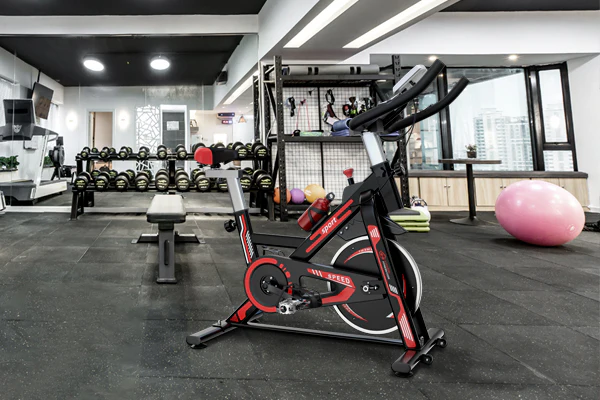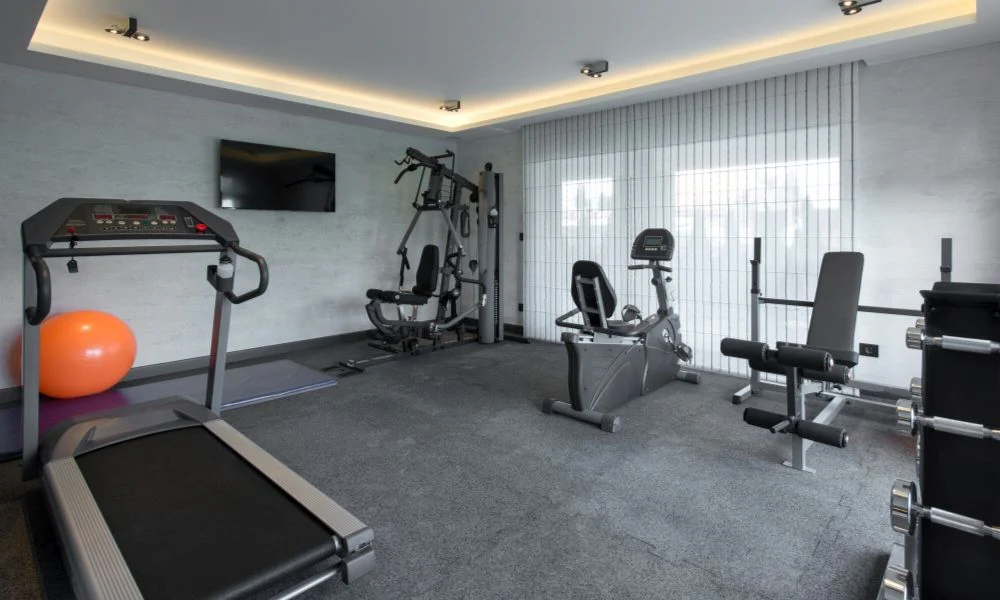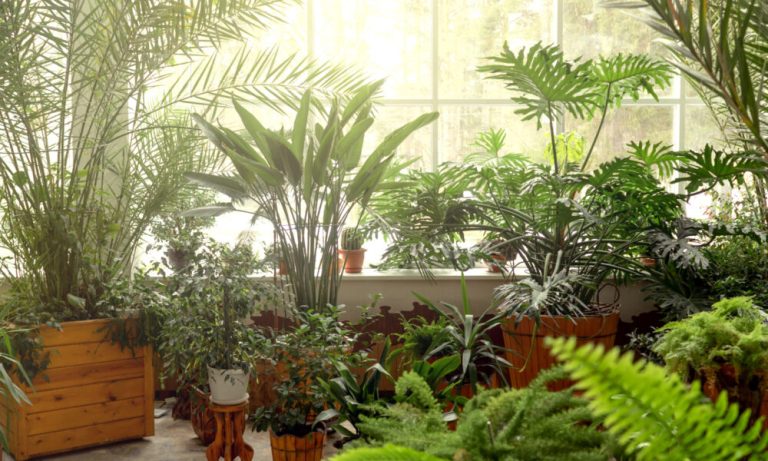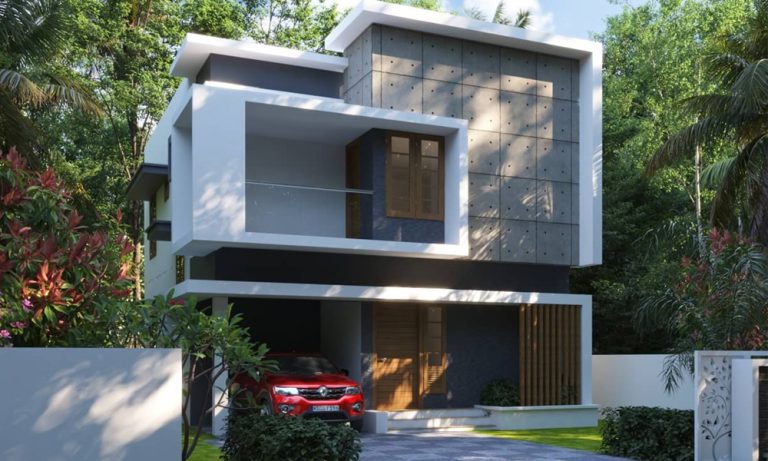Those who live in Nashville may need to balance a busy lifestyle with limited space in apartments or smaller homes. They can create a home gym without needing a large room. In fact, they can stay fit and active with less than 20 square feet. It takes just smart planning, versatile equipment, and a focus on efficiency. Below are ways to build a home gym without needing a big room:
Choose the Perfect Spot
The first step is to identify where to build your home gym. Look for a corner in the living room, bedroom, or hallway with enough height for overhead movements. Natural light and good airflow make workouts more enjoyable. Consider proximity to electrical outlets if you plan to use small machines or lighting accessories.
Invest in Compact and Versatile Equipment
Small spaces require equipment that packs a punch without taking up much room. Consider investing in adjustable dumbbells, kettlebells, resistance bands, and jump ropes. A foldable bench or step platform can expand your exercise options without permanently taking up space. Also, wall-mounted racks or hooks keep gear organized and off the floor.
Emphasize Bodyweight Exercises
Bodyweight exercises like push-ups, squats, lunges, planks, and burpees require very little room but target multiple muscle groups. Chairs and walls can provide support for tricep dips, wall sits, or balance exercises. High-intensity interval training is also excellent in small areas. Short bursts of activity keep workouts challenging and effective without needing extra equipment.
Use Vertical Storage
You can use shelves, wall hooks, and pegboards to hold mats, bands, and small weights. This keeps the gym tidy and ensures you have plenty of room for movement. Vertical storage improves functionality. It also makes a small space feel open and organized.
Explore Foldable and Multi-Purpose Options
Foldable equipment and multi-use items maximize space efficiency. A foldable treadmill or collapsible bench can be stored away when not in use. Adjustable dumbbells replace multiple sets of weights. Also, a stability ball can double as seating or a workout prop. T

Use Smart Flooring Solutions
Interlocking foam tiles or foldable exercise mats cushion joints and reduce noise. They also protect surfaces from damage. Mats can be rolled up or stacked against a wall after use, keeping the space neat and functional. Mats also prevent scratches and allow for safe, comfortable workouts.
Maximize Every Inch
Small gyms require careful planning. Place mats in corners and stack weights neatly. Also, use vertical mirrors to make the space feel larger. Small baskets or shelves can hold water bottles, towels, or fitness accessories. A well-organized area can accommodate full-body workouts and daily exercise routines.
Stay Motivated
A tiny home gym works best when it’s inviting and easy to use. Keep the space tidy and personalize it with motivational posters, plants, or music. Also, make sure workouts are convenient. A compact, well-organized gym encourages consistency. Busy schedules and small apartments are common in Nashville, but a thoughtfully designed home gym makes it possible for residents to stay active.



